With its many prestigious, Michelin-starred restaurants, Japan is becoming an attractive destination for wealthy foreign diners, but the country is facing a shortage of supply.

Satoru Araki meticulously cuts chutoro (medium-fatty tuna) into pieces as he serves nigirizushi (hand-pressed sushi) in the upscale Tokyo suburb of Hiroo.
A former professional boxer, Araki opened Sushi Satoru in July 2022 — a simple six-seat counter that has made a splash in Tokyo's sushi scene.
On the counter is a copy of the Michelin Guide Tokyo 2024, which features Sushi Satoru for the first time. The restaurant has yet to win a Michelin star, but the guide has sparked interest in Japan from overseas visitors, something Araki wants to encourage.
“In the next few months, I am thinking of opening an online reservation service on Omakase, a booking website for foreign tourists,” said the chef.
International accolades have fueled interest in Tokyo cuisine into a fever pitch – the city boasts 183 Michelin-starred restaurants, including 12 three-starred restaurants, and is a top destination on Asia's 50 Best Restaurants 2023 list, another annual guide followed by foodies.
However, many of these establishments remain out of reach for all but the wealthiest diners as demand for fine dining far outstrips supply.

The number of foreign visitors to Japan plunged during the COVID-19 pandemic, but has since rebounded strongly, reaching 25 million in 2023 - 79% of the record set in 2019.
With the upward trend expected to continue, the Japanese government is looking to shift the country's tourism focus to quality rather than quantity, in order to ease the pressure of overtourism.
In February 2023, Japan announced a target of reaching 200,000 yen ($1,293) in spending per visitor by 2025 – which was surpassed just seven months later.
Japan also eased landing permits for private aircraft in June, while the Japan Tourism Agency recently selected 11 locations in the region to support the development of products and services for the wealthy.
Naomi Mano, CEO of Luxurique, a Tokyo and Kyoto-based hotel and event management company specializing in luxury travel, said Japan's world-class cuisine is a key factor in the shift toward wealthy travelers.
“Customers will have a list of restaurants they want to visit over the course of a year, and they give us that list and ask us to let them know when they can come when we have a guaranteed reservation at that restaurant,” Mano said.
However, for customers in the affluent category – as opposed to the super-rich group above – getting a table reservation that coincides with their vacation dates can be a bit of a lottery.
Some Michelin-starred restaurants are booked months – if not years – in advance and see no need to tap foreign markets.
While top-rated restaurants don't have to worry about filling seats, there are still signs of reluctance to accommodate foreign visitors at less prestigious restaurants.
An October 2023 survey of 1,000 people in the restaurant industry by online booking service TableCheck found that 22.6% did not want the proportion of foreign customers to increase, citing communication as the biggest concern.
Mikako Mochizuki, manager of TableCheck, says many restaurants prefer to focus on building long-term relationships with local customers.

But the survey also suggests that approach may be about to change. Data from 7,000 restaurants shows that Japanese customer bookings have rebounded to 70% of pre-pandemic levels, and the pace of growth has slowed.
In contrast, bookings from foreign customers increased sharply, with bookings in December 2022 nearly 280% higher than in December 2019.
High-end restaurants are also getting in on the act. TableCheck began partnering with the Michelin Guide last year, with more than 200 restaurants featured in the guide now allowing online bookings – a move that makes it significantly more accessible to overseas visitors.
However, the relatively small number of high-end restaurants, even those without Michelin stars, has limited their contribution to the Japanese economy, let alone the government's goal of reducing overtourism.
Governments and luxury tour operators are turning their attention to areas beyond Tokyo and Kyoto, but attracting tourists further afield remains a challenge.
Mac Salman, founder of Maction Planet, a Tokyo-based travel company that specializes in custom Japan tours, said it is difficult to lure first-time visitors to Japan away from the “golden path” of popular destinations such as Tokyo, Kyoto and Osaka.
Realizing that culinary tourism alone will not be enough to achieve quality tourism goals, the Japanese government and tourism industry are also promoting wellness tourism and adventure tourism to attract foreign visitors.
Source


![[Photo] General Secretary To Lam arrives in Minsk, begins state visit to Belarus](https://vphoto.vietnam.vn/thumb/1200x675/vietnam/resource/IMAGE/2025/5/11/76602f587468437f8b5b7104495f444d)
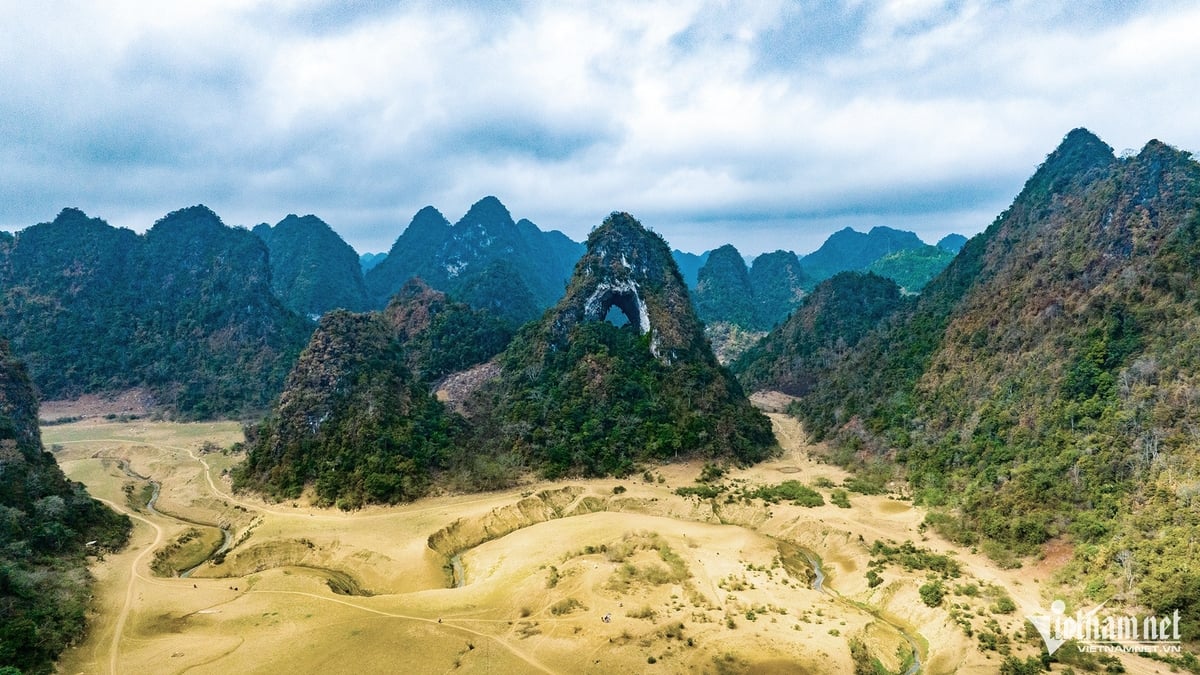


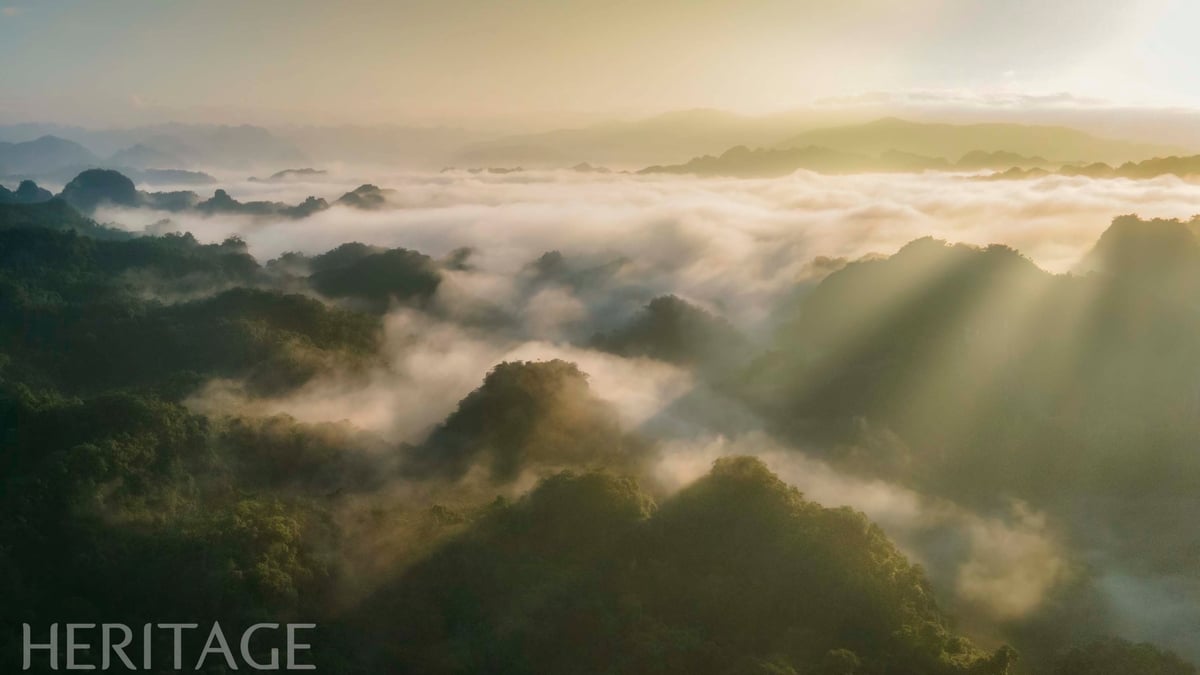
![[Photo] General Secretary To Lam meets and expresses gratitude to Vietnam's Belarusian friends](https://vphoto.vietnam.vn/thumb/1200x675/vietnam/resource/IMAGE/2025/5/11/c515ee2054c54a87aa8a7cb520f2fa6e)
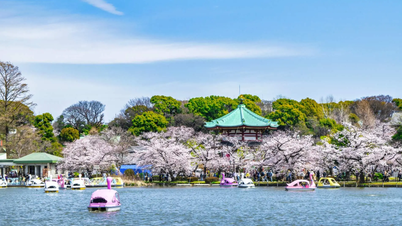
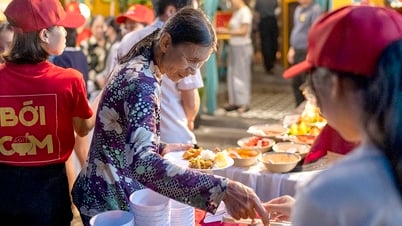

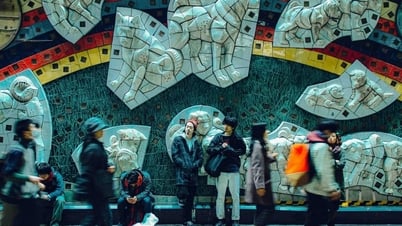



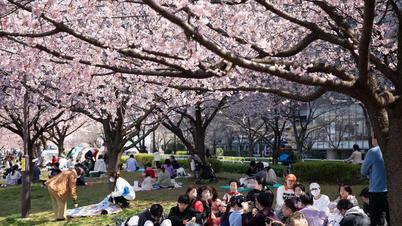

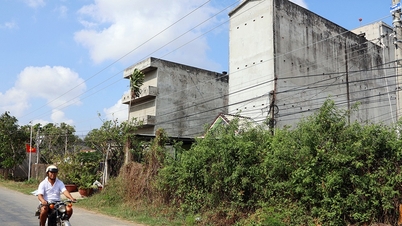









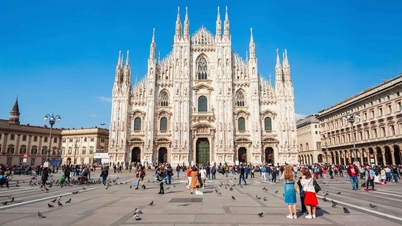




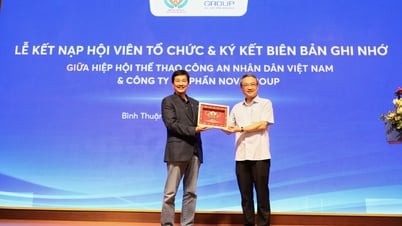

![[Photo] General Secretary To Lam concludes visit to Russia, departs for Belarus](https://vphoto.vietnam.vn/thumb/1200x675/vietnam/resource/IMAGE/2025/5/11/0acf1081a95e4b1d9886c67fdafd95ed)

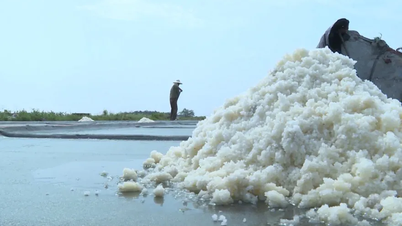

























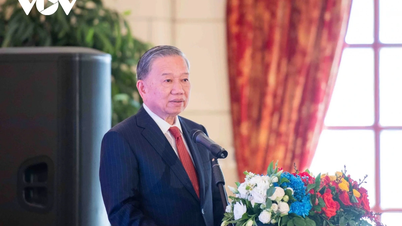

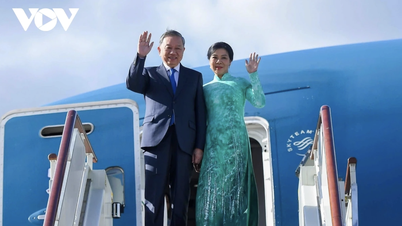


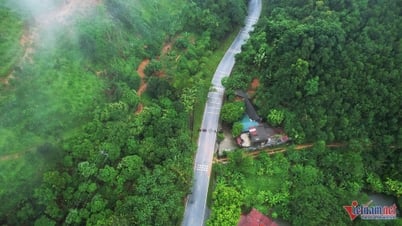










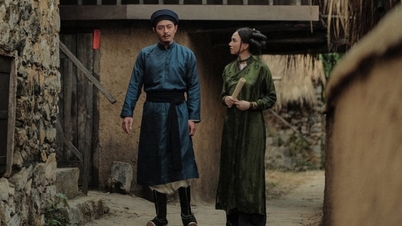

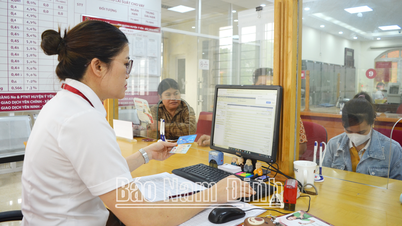





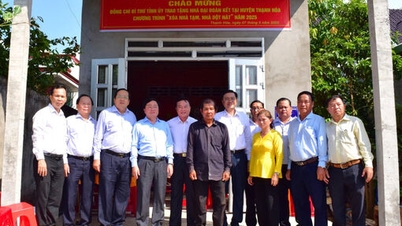









Comment (0)